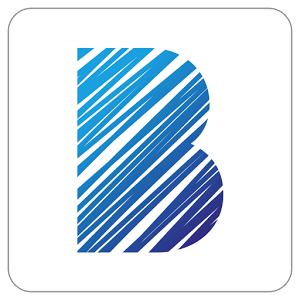


Xuan paper is used in traditional Chinese calligraphy and painting. But in some parts of China, the traditional method of paper making is still in use for purposes of calligraphy and art. Gradually, handmade paper was replaced, and no longer exists in daily writing or printing. In modern times, machine-made paper produced from wood was invented in the West, which added more varieties of paper and highly improved the efficiency of paper making. Unique bamboo curtain is used in the screening process of bamboo paper making in Jiajiang, Sichuan Province. They were soaked, fermented, steamed or boiled, bleached, beaten, and dried before finally being transformed into recognizable paper. Bamboo, fiber, and bark were used as raw materials. Traditional Chinese paper making is done by hand. Compared with other writing materials, paper is cheap and easily accessible, which is why it was favored by Chinese and subsequently spread worldwide. Paper making is one of China’s greatest inventions which dates back to 2,000 years ago. Whilst the app works well with just a finger, the Wacom video demonstrating Bamboo Paper with a Bamboo Stylus does look really interesting – jump the break to view it.īamboo Paper for the iPad is available in the App Store for free until July, at which point it will cost $1.99.PAPER plays a key role in the inheritance of culture and social progress. Some of the other features of Bamboo Paper include the ability to bookmark pages, mirror the display to a TV or projector, as well as print, email or save note pages or even entire notebooks. Where the app falls a little short compared to some other similar apps is that it only offers 3 options for the brush thickness and 6 brush colors. Your notebook can have an unlimited number of pages and there is also the option to add ruled lines or a graphing grid to the pages. Whilst it isn’t the most fully featured note taking app, it offers a strong set of features and although Wacom recommends their stylus when using the app, it still works with just a finger. A few months ago it launched the Bamboo Stylus, a high-end stylus designed for the iPad and just a few days ago it released Bamboo Paper – an app for the iPad designed for note-taking with the Bamboo Stylus. Wacom may have been fairly well known for its stylus based displays that many digital artists used, but in recent years it has started to shift its focus towards the consumer market with its Bamboo range of products.


 0 kommentar(er)
0 kommentar(er)
